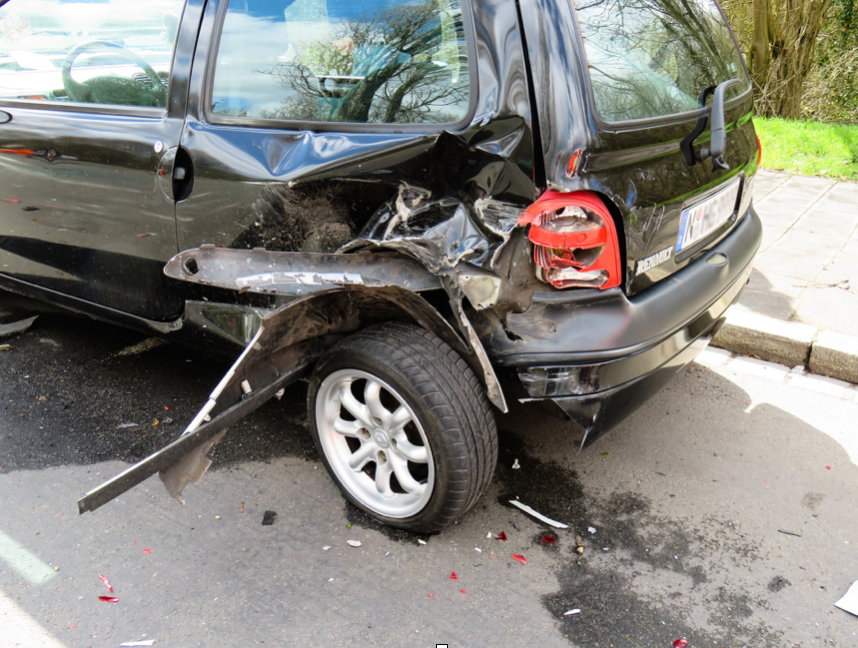After a car accident, determining negligence could be like peeling layers from an onion.
Car accidents are sometimes simple affairs. When the other driver is entirely at fault in an accident, the ultimate result is fairly predictable. For example, a texting driver slams into a vehicle was stopped at a traffic light. While an injured driver will still have to establish that the other driver was legally negligent, the outcome will likely be that the at-fault driver, through their insurance carrier, will compensate the injured driver and passengers for their medical expenses, lost income, and other damages suffered because of the accident.
Unfortunately, many car accidents cases are not as straightforward. In some situations, multiple parties could have played a role in the crash, including those injured in the accident. Even when only two vehicles are involved, each driver could have contributed to the crash. Pennsylvania follows a “modified comparative fault” rule to address these specific situations.
One of the first things you should do if you are in a car accident is talk with an experienced Allentown car accident lawyer. Even if it appears that another driver was completely to blame, they or their insurance provider could attempt to shift the blame onto you. If you are also found to be at fault, it could significantly lower your compensation or prohibit you from receiving any at all. Understanding how comparative negligence works is essential when negotiating an insurance settlement or preparing a case for court.
Modified Comparative Fault in Pennsylvania
Under a pure comparative fault system, all parties’ conduct would be taken into consideration when determining the cause of an accident. For example, in a multi-vehicle accident, one driver could be found to be 5% at fault, while two other drivers could be held to have been 45% and 50% to blame, respectively. Under a pure comparative fault theory, each injured driver is entitled to be compensated according to their percentage of fault.
Pennsylvania follows a modified comparative fault rule. Therefore, your compensation would be severely impacted by your level of fault. More importantly, if you are found to have been more than 50% to blame for an accident, you will be prohibited from receiving any monetary award.
In a Pennsylvania car accident lawsuit, the jury will be charged with determining two things based on the evidence presented at trial. First, the jury will be asked to calculate a dollar figure representing the plaintiff’s total damages suffered. Next, the jury will be required to assign a percentage of blame to each party involved in the accident. Under the modified comparative fault model, a plaintiff’s compensation will be reduced by their percentage of fault.

For instance, imagine in your case, the jury determines that your total damages, including medical bills, lost wages, and other damages, should be $100,000. However, based on the evidence presented by the defense, the jury also determined that your actions contributed 30% to the accident. For example, you might have been speeding at the time of the crash. Under Pennsylvania law, your $100,000 award would be reduced to $70,000. While this is still a significant amount, it no longer covers your total damages.
Now imagine the same case, except when reviewing the evidence, the jury determines that you were 51% at fault for the crash. Under the modified comparative fault rule, you would not be prohibited from recovering any monetary damages from the defendant.
Comparative Fault and Insurance Companies in Pennsylvania
Juries and judges in Pennsylvania are bound by the comparative negligence rule. If your case makes it to court, the defense will likely allege that your conduct played a significant role in the accident. Your personal injury lawyer will not only have to establish that another driver was legally negligent, they might also have to argue that your actions did not contribute to the crash.
Pennsylvania’s modified comparative fault rule also serves as a guide to insurance companies and insurance adjusters. When an adjuster evaluates your case before negotiating a possible settlement, they will base their decisions on what a jury would likely decide. For instance, if an adjuster has evidence that you were texting when an accident occurred, it will impact your settlement offer. If the insurer believes the available evidence points to you being substantially at fault, you might be required to file a lawsuit and prove otherwise. It is crucial to have an experienced Lancaster car accident lawyer working with you when negotiating with an insurance provider. The adjuster’s job is to limit their company’s liability, not pay you a significant amount of money.
Protect Your Rights to Fair Compensation
After a car accident, determining negligence could be like peeling layers from an onion. You want to ensure you have competent legal representation – whether you are working with an insurance provider or planning on filing a lawsuit. A knowledgeable personal injury attorney will work to establish the other driver was negligent while defending your actions. You do not want your compensation needlessly reduced.


Join the conversation!